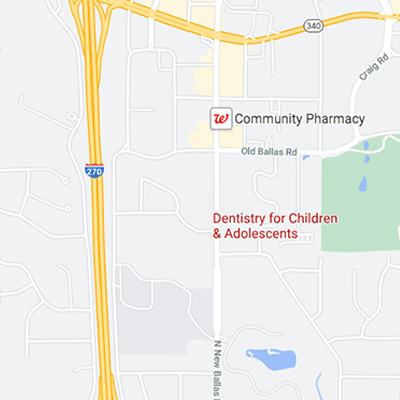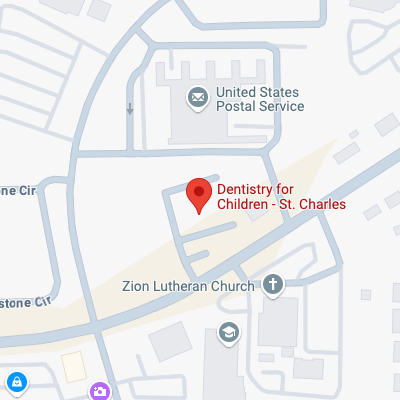As we continue to steam-roll through this year, spring has suddenly sprung and with it comes a bevy of activities for your children to partake in. After school sports are a great way to keep your little ones active and healthy. Though the risk for various injuries may increase, almost all parents would agree that the risk is worth taking.
Parents often ask us about mouth guards and best practices involving them, to help protect their children’s smile. So today, we are going to dive deep into the facts and best practices when using mouth guards for children!

A mouth guard is a piece of soft plastic that is shaped to fit inside the mouth, protecting the lips, cheeks, tongue, teeth and jaw when they are hit.
Types of mouth guards:
Stock: The least expensive, stock guards are extremely cheap and generally come in sizes such as “small” “medium” and “large”. If you’re on a budget, it’s better than nothing, but it is an advisable expense to go the extra mile for better fitting solutions. Failing to do so could lead to more costly procedures if an injury occurs.
Boil & Bite: A semi-custom fit can be made using a “boil and bite” model. The hot water softens the plastic and then is bitten to mold around your child’s teeth. Typically sold from $5 to $15 depending on the brand, they offer very good protection.
Custom fit: A dentist or orthodontist makes the best fitting mouth guards in a dental office. While clearly the more expensive option, potentially ranging from $40 to $70, custom fits provide the best protection and will be the best option at preventing more costly injuries.
Custom-fitted guards should generally continue to fit for as long as needed after your child has reached the age of 14 or 15 years old.
Best practices
Mouth guards prevent dental injuries, but can increase the number and severity of abrasions if used improperly. These abrasions can easily lead to infections, given how much bacteria resides in our mouths! To help fight off these risks we always recommend sanitizing them daily (or after every use). If a guard develops sharp of jagged edges, do not use it and replace it.
It’s important to note that guards help shield the different facets of your mouth from injuries due to impact, but they will not help prevent concussions.
Replace a mouth guard whenever your child develops any type of oral lesion or has respiratory distress, and stick to regular oral exams before and after use.



